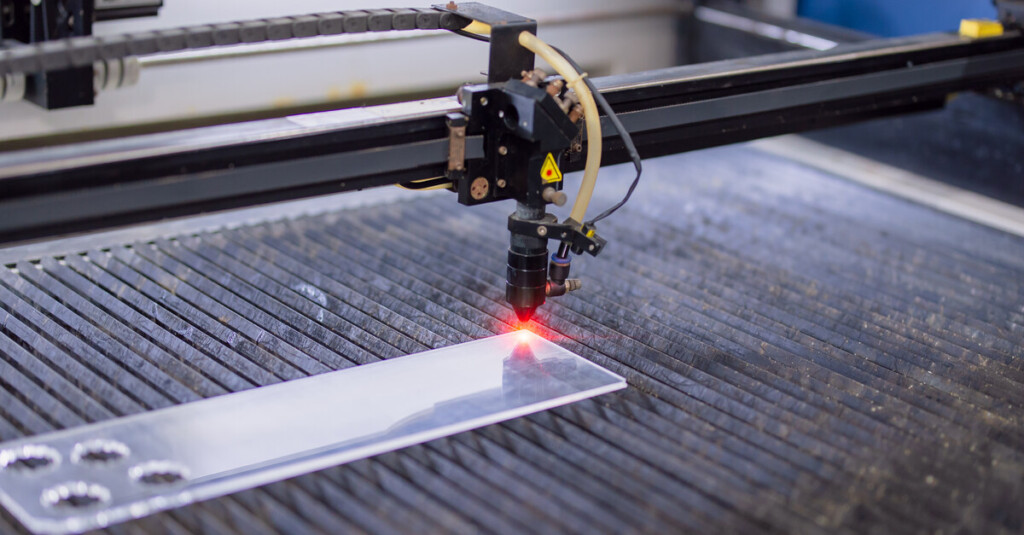Laser-cutting technology offers unparalleled precision, efficiency, and customization. This advanced method is indispensable for creating high-quality products. Explore five popular materials you can cut with a laser and the unique benefits they offer.
1. Metal
Laser cutting works great on metal, and it is a popular method for manufacturing automotive parts. Using powerful fiber or CO2 lasers, cutting metals such as stainless steel, aluminum, and brass is possible with incredible precision.
Using lasers for processes, such as metal tube laser cutting, creates clean edges, minimal waste, and intricate designs. Furthermore, laser equipment can engrave metal surfaces, making it versatile for a variety of applications, from machinery parts to decorative signage.
2. Wood
Laser cutting works well on hardwood, plywood, medium-density fiberboard, and even bamboo without charring or warping, depending on the laser’s settings.
Laser technology is great for furniture manufacturing and interior design, as it enables the creation of detailed patterns, smooth edges, and custom designs at scale. Laser-cut wood is useful for prototyping, décor, and artisanal products.
3. Plastic
Professionals can work with acrylic, polycarbonate, and PETG with ease thanks to laser cutting. Laser cutting is common in signage production, packaging solutions, and consumer electronics because it can produce clean edges and polished finishes.
Acrylic is a transparent and durable material that sees frequent use in decorative elements and displays. Laser cutting prevents cracking and maintains the integrity of the material, making it ideal for creating delicate designs.
4. Glass
Thanks to advancements in engraving and marking technology, you can cut glass with a laser. Unlike traditional methods that are abrasive, lasers cut and etch glass surfaces without causing damage. This is invaluable in medical device manufacturing and architecture because manufacturers must handle glass components with care. Whether it’s etching logos onto wine bottles or creating custom windows, laser technology delivers unmatched precision.
5. Fabric
Would you believe that you can cut textiles, such as cotton, polyester, leather, and felt, with a laser? Laser cutting is beneficial for the textile industry because it mitigates the issues of fraying with these popular materials.
Designers in fashion, interior décor, and industrial manufacturing appreciate how laser cutting allows them to experiment with complex patterns and delicate shapes, which is not possible with traditional tools. The speed and precision of laser cutting make it ideal for high-volume production.
Laser cutting supports innovation in many industries because it can handle a wide range of materials, and traditional methods struggle to keep up. Explore the full potential of laser cutting for your business, and invest in the technology that will keep you ahead of the competition.
